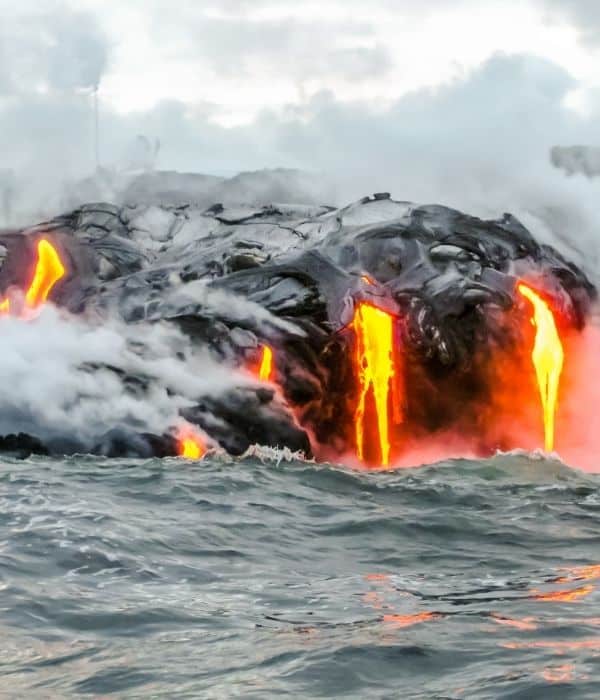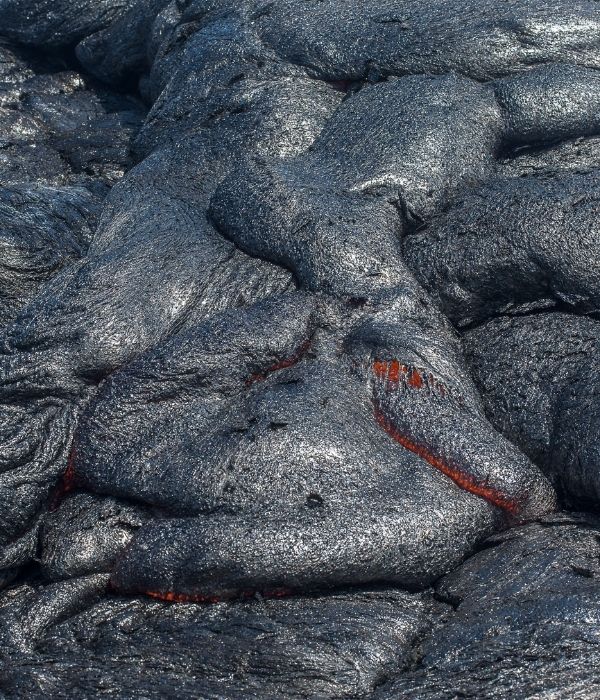 Hawaii Volcanoes National Park is located on the Big Island of Hawaii. The main aim of the park is to conserve and protect the natural resources of Hawaii Island. It was inaunaval, a part of the Na Pali Coast, has been declared as a national park. The whole area is a scientific resource center for studying Hawaiian oliophilic flora and fauna. It is one of the few places in the world where you can find active volcanoes, active caves and lava tube.
Hawaii Volcanoes National Park is located on the Big Island of Hawaii. The main aim of the park is to conserve and protect the natural resources of Hawaii Island. It was inaunaval, a part of the Na Pali Coast, has been declared as a national park. The whole area is a scientific resource center for studying Hawaiian oliophilic flora and fauna. It is one of the few places in the world where you can find active volcanoes, active caves and lava tube.
One of the interesting things about Hawaii Volcanoes is the fact that it is considered to be a closed park. But this does not mean that you cannot go near the volcano – all you have to do is take care of your own safety, first. The most popular activities that you can do here are to explore the geothermal features, swim in the sea around the volcano areas, go hiking through the rain forest or camping at the marina.
A typical Hawaii Volcano shows the behavior of being an anular or dome volcano. Some of the more popular ones are the Oahu’s Wailua’e and Wai’anapanapa. Active volcanoes such as these are known to produce lava flows, steam vents, and sulfur dioxide emissions. When this type of eruptive event takes place it is called an eruptive episode.
There are two types of Hawaii Volcanoes: the active (or active volcanoes) and the dormant (or dormant volcanoes). Active volcanoes such as the Wailua’e on Oahu produce lava flows and steam vents; these activities are regularly monitored by scientists to study how much of the island is in danger of erupting. On the other hand, dormant volcanoes such as the Big Island generally don’t show any signs of eruptions. However, they do still pose a significant threat to the safety of the residents of the island. In case of an eruption, authorities close all roads and block off access points to the area.
The active volcanoes – those that erupt with major impacts – pose the greatest threat to human safety because they emit strong lava that can injure people who are near them. However, there are some active volcanoes that don’t erupt due to their proximity to populated areas. These volcanoes can still be dangerous; a slip from a chair or ladder can collapse a small mountain into a huge explosion. Some of the most dangerous active volcanoes on the island of Hawaii include the Big Island, active faults on the south Island, active Tarzan fault on Oahu, and the Na Pali Fault on the north. However, most of these are considered to be safe.
If an eruption does occur it is important to take photos and choose a location where you can see the eruption; don’t take photos near the volcano because the lava flow could explode nearby. It is also advisable to protect your clothes against a hot molten lava flow; wear loose clothes and long pants with long sleeves. Don’t stand near the crater because it might collapse in on itself or engulf you.
Here are some safety tips to keep in mind when visiting Hawaiian Volcanoes:
- Follow official guidance: Pay attention to official guidance and warnings from the Hawaii Volcano Observatory and the National Park Service. Be aware of closures and other restrictions, and follow instructions from park rangers and other authorities.
- Stay away from dangerous areas: Do not enter restricted or closed areas around the volcano, including areas with active lava flows or high levels of toxic gases. These areas can be extremely dangerous and are off-limits for a reason.
- Wear appropriate gear: Wear appropriate clothing and footwear for the conditions you may encounter, including sturdy shoes or boots with good traction. Bring a hat, sunscreen, and other protective gear as needed.
- Be aware of toxic gases: The volcanic gases emitted by Hawaiian Volcanoes can be toxic and harmful to humans. Be aware of the levels of sulfur dioxide and other gases, and avoid areas with high concentrations.
- Stay on designated trails: Stick to designated trails and areas to protect the fragile environment and ensure your own safety. Going off-trail can be dangerous and can cause damage to the environment.
- Be prepared for weather changes: Weather conditions can change rapidly around Hawaiian Volcanoes, so be prepared for sudden changes in temperature and weather conditions. Dress in layers and carry appropriate gear for the conditions you may encounter.
- Respect the environment: Hawaiian Volcanoes are a unique and fragile ecosystem, so respect the environment and do your part to protect it. Do not disturb plants or animals, and pack out all of your trash and other waste.
Related posts:
Hawaii Volcanoes National Park is a world-famous park located on the Big Island of Hawaii. It is home to two of the world's most active volcanoes, Kilauea and Mauna Loa, and is a popular destination for nature lovers and adventure see...
Hawaii Volcanoes National Park offers many opportunities for tourists and locals alike. For a vacation at its best, explore Hawaii's famous "Jagger Museum," the "Greene Care Mine Tour," or take a "Skywalk" over Halona Sounds. The park also includes h...
The dormant grandeur of a volcano like active Puakea Volcano in Oahu or active Hilina Volcano in island of Hawaii certainly enthralls thousands of travelers and seekers of new sceneries every year. These grandeur volcanoes are certainly beautiful to ...
Hawaii Volcanoes National Park lies on the Big Island. In its core are the Kilauea and Mauna Loa volcanoes. The Crater Rim Drive connects the crater to the gate at the Mauna Kea Museum and the Museum features a nature display and an outdoor sculpture...